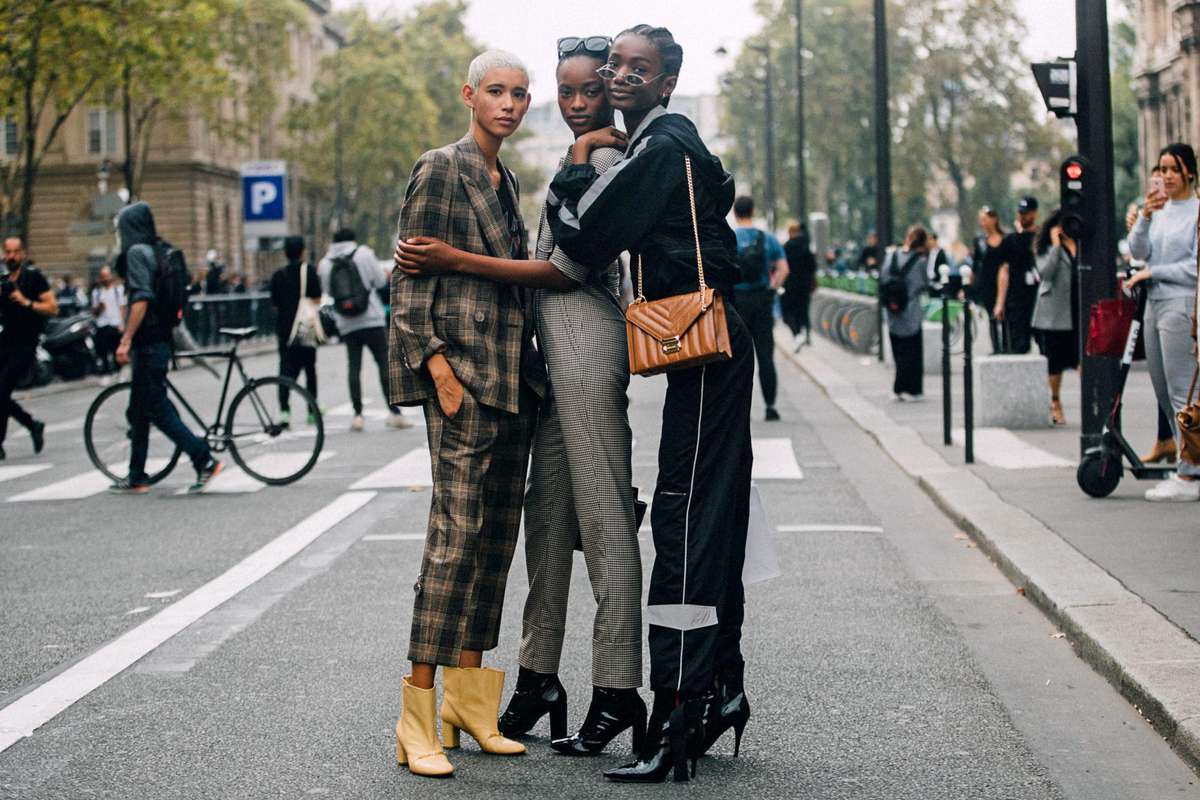
In 2018, the Metropolitan Museum of Art opened what could pass on to come to be the most popular exhibit in its 149-12 months history: a display all about Catholicism’s heavy have an impact on style, providing high fashion confections in addition to church vestments on mortgage from the Vatican. The theme guaranteed gaudiness and spectacle, and just as importantly, it was acquainted with humans from many walks of religious life. Fashion gets an awful rap for being too exceptional, too alienating; however, “Heavenly Bodies: Fashion and the Catholic Imagination” elided fashion with one of the maximum visible and effective spiritual corporations inside the international. Its status because the museum’s preeminent moneymaker secured, the Met’s Costume Institute has promptly zagged on the contrary direction. Its massive style showcase for 2019, the hole of which will be celebrated this night on the celeb-packed Met Gala, specializes in camp — pretty possibly the maximum slippery, tough-to-define idea the curatorial group ought to have chosen.
“Camp: Notes on Fashion” derives its name from Susan Sontag’s 1964 essay “Notes on Camp,” which unfolds in listing form due to the fact “jottings … appeared more suitable for purchasing down something of this. Particular fugitive sensibility.” Camp, Sontag writes, is all approximately artifice, exaggeration, and superficial fashion over content, and but it’s “lifeless extreme.” Though she handiest references examples of fashion in her essay — “women’s garments of the twenties” and “a dress manufactured from three million feathers” — Sontag notes that clothes are often the vehicle for a camp sensibility.
Sontag knew that camp became a difficult concept to pin down, and so does Andrew Bolton, head curator of the Costume Institute. In his remarks on the showcase’s press preview, Bolton quoted the cultural historian Andy Medhurst: “Trying to outline camp is like attempting to sit inside the nook of a round room.” This display, Bolton said, is an try to sit down inside the nook of a round room.

To a viewer, Bolton’s admission of inevitable failure need to be liberating — it’s an invite to shape one’s very own conclusions and to pride in the incredible fashions that designers have dreamed up, many of them ancient or complex couture pieces that most people could in any other case never have the possibility to peer in person. At the preview, a former colleague dragged me thru one room to show me a Jean Paul Gaultier pinnacle hat made totally of smooth black human hair. She nearly keeled over in pride.
At the barest minimum, joy in the aesthetic is the factor. As Bolton stated, “In the quiet, the closing reason of camp is to place a grin on our faces and a heat glow in our hearts.” You oughtn’t to absolutely apprehend camp to revel in the show. However, it’s well worth trying. Bolton has divided the show into components: the historical origins of camp and its effect on fashion. The former was set in a purple-painted gallery (somewhere among Pepto Bismol, Glossier, and a perfume bottle by Gucci, the exhibit’s company sponsor) and filled with sculptures, artwork, and letters grounds camp in seventeenth-century European queer way of life. “Louis XIV’s Versailles has been specified — retroactively — as an idealized ‘camp Eden,’” reads the wall textual content next to a replica of the 1671 Molière play wherein the French word “se camper” (“to flaunt” or “to posture”) appears for the primary time. This place to begin is a signal of what is to come: Throughout the show, the effect of human beings of shade on camp does no longer obtain the same air time.
Bolton desired this slender gallery to experience claustrophobia, to emphasizinge camp’s position as a “secret language among homosexual men” in the build as much as the 19th century. Here, Bolton has highlighted Frederick “Fanny” Park and Ernest “Stella” Boulton, who were lovers and lady impersonators ultimately attempted for “conspiracy to seduce men by using carrying girls’ clothing.” (They had been cleared of those charges.) Park and Boulton’s letters and photos are installed after an identical set of elegantly ruffled Erdem dresses that clothier Erdem Moralioglu based on their drag wardrobes.
A later section on Oscar Wilde, who become jailed for two years for “gross indecency” and for whom Sontag wrote her 1964 essay, includes several ensembles stimulated by way of or equivalent to the writer’s fashion: a black velvet jacket and breeches from Yves Saint Laurent, a Gucci smoking jacket, an Alexander McQueen cape embroidered with two gold peacocks primarily based on illustrations through Wilde’s modern Aubrey Beardsley. (Posed with their fingers around each other, the Met’s mannequins mimic a picture of the 2.) The exhibit is filled with unexpected fashion education moments like this, highlighting the thoughtful ways that designers inspect the tradition and history of their collections.







